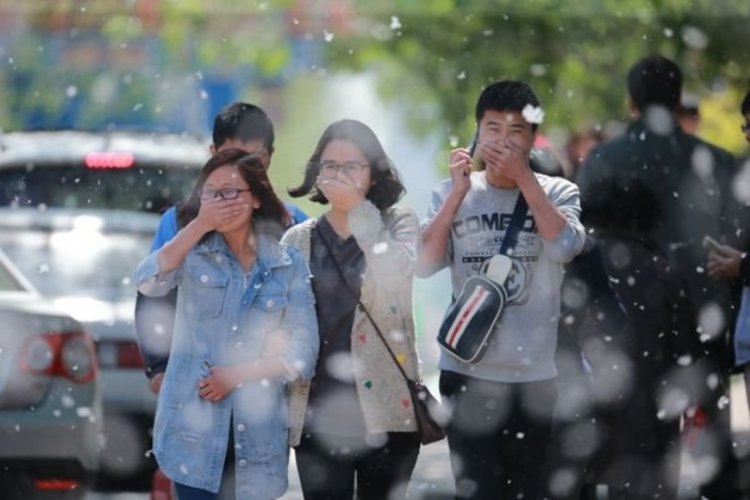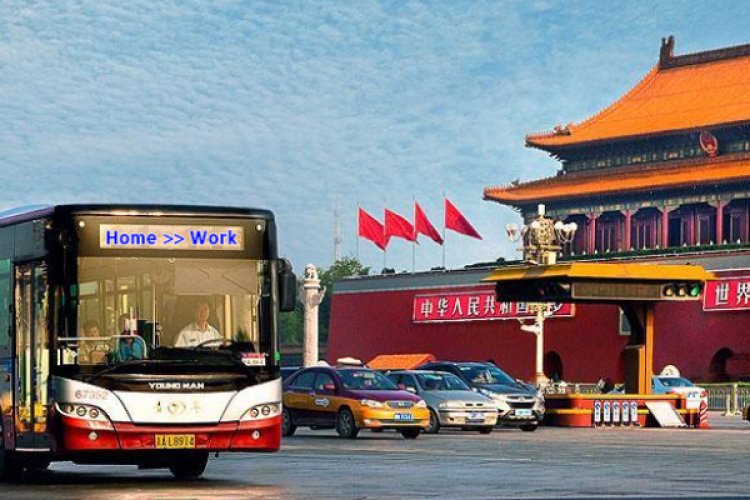Hi Neighbor: Plan to Create 100 Million-Person Beijing-Tianjin-Hebei Megacity Unveiled
Ever wished Beijing had a population five times larger and cover an area of 216,000 square kilometers? You're in luck because Chinese urban planners are thinking the same thing.
According to a new plan being backed by President Xi Jinping, and currently under consideration by China's State Council, greater integration of Beijing, Tianjin, and Hebei province, known as the Jing-Jin-Ji plan, could become a reality to reduce pressure on the two cities' centers, along with spurring development, according to the South China Morning Post.
The plan continues the idea of moving government offices and businesses out of central areas in Beijing and also Tianjin to neighboring Hebei, which would lead to economic growth in those areas, while reducing pollution and traffic in the two cities, both of which are administered directly by the central government.
Of course, reducing traffic within the cities means that cars must go elsewhere – in this case, Beijing's seventh ring road, plans for which have just been finalized and is due to be unveiled by the end of 2015. The 940-kilometer road will run through Langfang, Zhuozhou, Zhangjiakou and Chengde, boosting the region's economy and supposedly benefiting the environment.
If the Jing-Jin-Ji plan is approved, it will serve as a model for integration and development in other large urbanized areas, especially those where large populations already occupy smaller geographic areas, such as the Pearl River Delta in Guangdong province, with Guangzhou, Shenzhen, and even Hong Kong all within about 100 kilometers of each other.
Read more about the plan here.
Photo: PanCathay Consulting
Related stories :
Comments
New comments are displayed first.Comments
![]() mtnerror
Submitted by Guest on Tue, 07/01/2014 - 10:13 Permalink
mtnerror
Submitted by Guest on Tue, 07/01/2014 - 10:13 Permalink
Re: Hi Neighbor: Plan to Create 100 Million-Person Beijing...
Two choices: Can build cities, or can build Smart Cities. Reducing pollution from the urban cores of BJ and TJ is not reducing pollution at all, but simply dispersing it elsewhere. And let's not kid ourselves: as much pollution stems from low octane petrol and diesel by way of cars/trucks, it's the factories of Hebei which carry the lion's share. If the transportation network planned for this shared cityurbanized area is car dependent, I would argue it's the following a blueprint of the former (city) and the not latter (Smart City).
Validate your mobile phone number to post comments.






